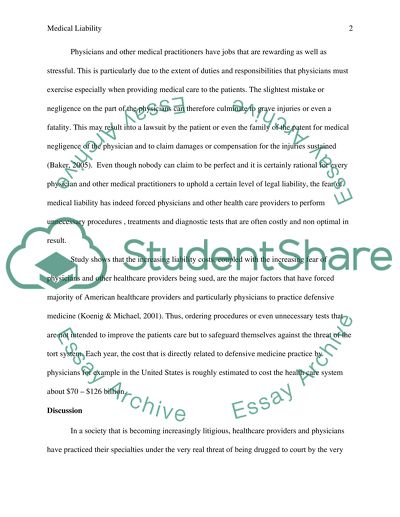Cite this document
(“Medical Liability of Healthcare Providers Essay”, n.d.)
Medical Liability of Healthcare Providers Essay. Retrieved from https://studentshare.org/health-sciences-medicine/1440552-medical-liability-of-healthcare-providers
Medical Liability of Healthcare Providers Essay. Retrieved from https://studentshare.org/health-sciences-medicine/1440552-medical-liability-of-healthcare-providers
(Medical Liability of Healthcare Providers Essay)
Medical Liability of Healthcare Providers Essay. https://studentshare.org/health-sciences-medicine/1440552-medical-liability-of-healthcare-providers.
Medical Liability of Healthcare Providers Essay. https://studentshare.org/health-sciences-medicine/1440552-medical-liability-of-healthcare-providers.
“Medical Liability of Healthcare Providers Essay”, n.d. https://studentshare.org/health-sciences-medicine/1440552-medical-liability-of-healthcare-providers.


